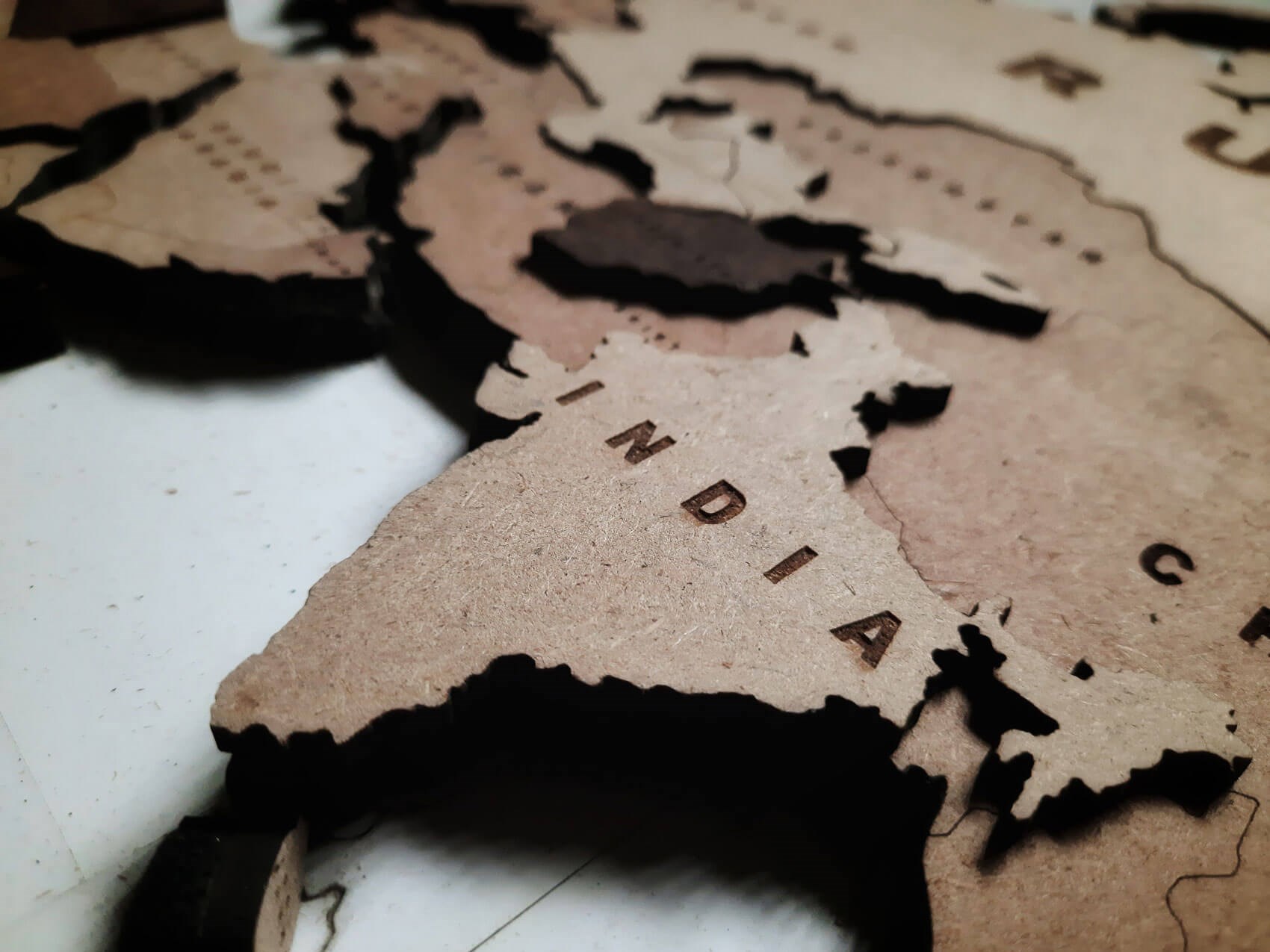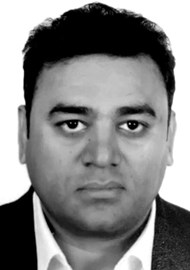

Past
India has the largest population in the world, standing at 1.43 billion as of September 2023. This vast population across a huge geographical area brings unique healthcare challenges, including the full range of urologic conditions. Urology is a relatively young branch of the healthcare system in India.
Early beginnings started in the 1960s at the Christian Medical College in Vellore, the All India Institute of Medical Sciences in Delhi (AIIMS), the Sawai Man Singh Medical College in Jaipur, and the Postgraduate Institute in Chandigarh. The first certified master’s specialty programme in urology (MCh) was started by the University of Madras in 1965. It was initially a broad two-year programme that one could undertake after completing the basic Master in General Surgery (MS).
This was a significant leap in the practice of urology, as before this, urological practice was in the hands of general surgeons and remained rather basic. Complex stones were either left untreated or ended up with a nephrectomy. Urethral dilatation was the only treatment for strictures, and Freyer’s prostatectomy was the only treatment for benign prostatic hyperplasia. The ability to do such procedures was considered an advanced skill. In February 1971, Dr Mohan Rao and his team at CMC Vellore performed the first kidney transplant in India.
The National Board of Examinations, which is an autonomous body under the Ministry of Health formed in 1975, decided that two-year urology training was insufficient for training in complex urology and changed it to a three-year programme. Trained urologists went on to start urology departments all over the country. They became trainers, and in 1979, the Urological Society of India (USI) was born to disseminate knowledge and skills via annual conferences and involvement in the National Board for the betterment of urology training.
Present
In India urology is the most popular broad specialty branch among young doctors. Currently, there are about 5600 board-certified urologists in India. Urology is a technology-driven specialty, and nearly all centres, whether private or government institutes, are well-equipped for endoscopic and laparoscopic procedures, with access to a range of different lasers (e.g. holmium, thulium, and green light lasers). Larger centres in metropolitan areas have surgical robots as well, with some hospitals having more than one. As India is a fast-developing and growing country, people are becoming better educated and aware of their health, which is increasing demand.
The large population of India is a great resource as well as a disadvantage. Large volumes of a wide range of urologic pathology provide great opportunities for gaining experience, but on the other hand overcrowded clinics and lack of time slows training. Nearly all urologists in India get to do almost all procedures with relatively few subspecialists. Because of the vastness of the country, Indian cities are classified into tiers based on population, economy, infrastructure, and other factors to aid administration. There are eight Tier 1 cities and 4041 statutory towns, as per the 2011 census. Most well-trained urologists gravitate to better-paying jobs in urban centres where patients tend to be better educated, young to middle-aged, and upwardly mobile.
The urologist's population ratio is poor. As 5600 trained urologists serve a population of 1.43 billion people, this translates into something like one urologist for 255,357 population (using 5600 counts). If we consider that most urologists are concentrated in urban centres, the ratio is much worse in rural areas and less developed towns. The Government of India has taken measures to improve this situation with schemes like Ayushmaan Bharat (insurance and digital health scheme for low-income individuals), various state schemes, and employer-provided health insurance. However, the ground reality is that these have yet to impact patients significantly.
Urology is an independent super-specialty branch, and MCh, DNB, and equivalent degrees are compulsory to practise urology in India. Despite this, urological diseases continue to be treated by clinicians from a number of different specialisms, including general surgeons, physicians, paediatric surgeons, and plastic surgeons. Many non-urologists deliver extracorporeal shock wave lithotripsy (ESWL) services for urinary tract stones, and physicians treat benign prostatic hyperplasia (BPH) with medication. There needs to be more awareness to recognise proper specialists for diagnosis and treatment, rather than a popular practice of shopping around for the most recommended person. There are also many myths attached to surgical practice, such as stones as large as staghorn calculi can be treated with medication, that medical therapy alone is enough without the need for surgery for BPH, and use of homeopathic and ayurvedic (an ancient Indian medical system based on natural and holistic remedies) treatments.
All these reasons put Indian urologists in a ‘survival of the fittest’ mode. It is much easier to move to urban centres where patients are concentrated and better equipment is available than remain in smaller towns or villages.
On the positive side, urology attracts bright, enthusiastic trainees from the graduate medical workforce. Support for training opportunities is increasing, and the USI has been developing the sub-specialties (of which there are nine: andrology, endourology, basic science, renal transplantation, uro-oncology, female and functional urology, paediatric urology, reconstructive urology, and laparoscopic and robotic urology) via CMEs and conferences. Although teaching institutions have yet to start fellowship training for subspecialty accreditation, young urologists are increasingly being trained in robotic procedures, including radical prostatectomy, laparoscopic and robotic pyeloplasty, and nephrectomies, under the aegis of informal mentorship. They are aware of new advances in lower urinary tract symptoms (LUTS) and BPH procedures like UroLift®, Rezūm, prostatic artery embolisation (PAE) and urethral stents.
Whilst the concentration of expertise and technology in large urban centres in India is similar to urology practice in the United States of America, there is a key difference. India has a number of ‘roaming urologists’ who travel between cities to provide specialist services. Indian cities are well connected by frequent domestic flights, and surgeons can easily travel from one city to another to work or participate in workshops for a few days. This practice is supported by local teams who can deal with routine postoperative care and usual complications. There are no less than 43 legal provisions in India to protect patient safety and promote safe medical practice, and this covers the practice of roaming surgery.
Future
The practice of any specialty depends on awareness in society. As the literacy rate in remote areas of India is increasing, so is health awareness. The National Statistics Office (NSO) figures suggest India’s average literacy rate was 77.7% in 2021. Indians are the world’s second-largest mobile phone users – a staggering 1.1 billion phones – with access to the internet and social media. This is a major driver for health information and awareness and carries great potential for growth, and urologists who have been adept at using this medium have developed successful practices.
The population is young, aspirational, with increasing disposable income and increasingly becoming urbanised and, as a result, has better healthcare expectations. The incorporation of technology is fast gathering pace, which will see greater uptake of advanced skills in the younger generation. Although the country’s infrastructure is not keeping pace with a rapidly growing population and vast income inequality remains, there is positivity that India’s rapid economic progress over the past decade is predicted to continue over the next, and this will enable healthcare to percolate down to the less urban centers.
Biobliography
1. Personal communication with Mr Navneet Arora, CEO Urological Society of India (USI).
2. Goel A. Urology in India: numbers and practice. Indian J Urol 2019;35(4):245-7.
3. Kemp S. Digital 2023: India.
https://datareportal.com/
reports/digital-2023-india
[accessed 18 January 2024].
4. Wikipedia Demographics of India.
https://en.wikipedia.org/wiki/
Demographics_of_India
[accessed 18 January 2024].
5. Gopalakrishnan G. Urological education in India: A status report. Indian J Urol 2009;25(2):251–3.








